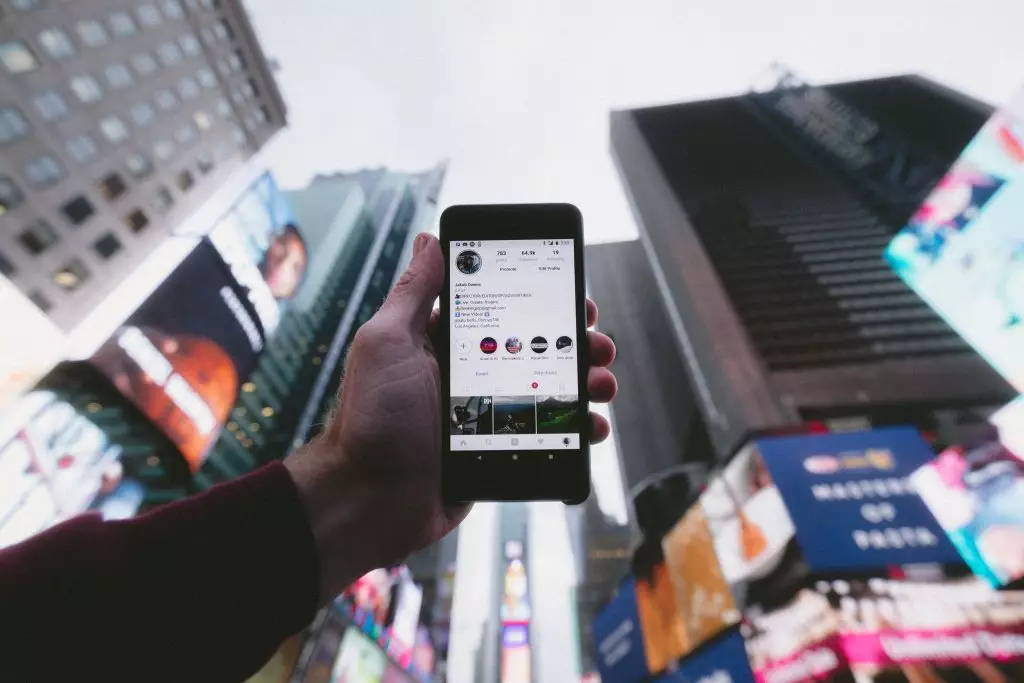How to Get on Board with Influencer Marketing
It’s more accessible to small businesses than celebrity endorsements
Influencer marketing is a term with a lot of buzz right now in marketing circles.
Influencer marketing is partnering with the personalities in your business niche for tacit or explicit endorsement of your company’s product or service.
We’re talking about bloggers, insiders, experts and industry observers. And on a “micro-influencer” level, “average” people on social media channels who “cover” your product or field and who have just a thousand or so devoted followers.
Influencer marketing is sometimes confused or associated with celebrity endorsement. According to HubSpot contributor Karla Cook, this is the difference: “Influencers are specialists in their particular niches, and have established a high level of trust and two-way communication with their follower bases. Their fans trust that their endorsement of a product or brand comes from a well-researched, more holistic place … and not just a signed contract.”
Influencer marketing is a tactic that works for both B2B and B2C companies:
B2C
Have you heard of Glossier? It’s a beauty startup based in Manhattan just named one of the most innovative companies of 2017 by Fast Company. For its influencer marketing campaign, it took to Instagram – a channel fitting of its younger demographic. First Glossier identified influential followers of its brand account and introduced them to a “referral program” offering them product discounts and other incentives.
According to HubSpot’s Sophia Bernazzani, the influencers Glossier approached are known as “micro-influencers, which she writes, “are social media users unlike typical celebrities. They’re individuals who work or specialize in a particular vertical and frequently share social media content about their interests. Unlike traditional ‘influencers,’ micro-influencers have a more modest number of followers – typically in the thousands or tens of thousands – but they boast hyper-engaged audiences.”
It doesn’t hurt that Glossier also supplements its micro-influencer campaign by striking partnerships with celebrities such as Sports Illustrated and glamour model Chrissy Teigen, who has nearly 11 million mostly female followers on Instagram.
Teigen’s endorsement certainly lends Glossier big-time cache and exposure to a ridiculously large audience, but micro-influencers are more affordable, more authentic, and more influential with their more targeted and engaged audiences, driving purchases with a much higher efficiency.
B2B
B2B businesses have industry influencers, too. A majority of industries, if not all, have their own set of bloggers, experts, associations, trade press and authors who have some sway over loyal, impassioned audiences.
B2B businesses also have three additional influencers to leverage:
- Employees. To illustrate how employees are a powerful potential advocacy group, IBM Marketing Social Business Program Director Amber Armstrong credited IBM employees alone for driving 50,000 registrations to IBM Verse (a cloud business email hosting platform) in the first two weeks of its launch.
- CEOs. The CEOs of even small and medium-sized businesses can have large followings. The biggest hurdle is getting these potentially high-profile executives online to begin with. Only 31 of the Fortune 500 CEOs have an active social media account. Marc Benioff, CEO of Salesforce, is one of them. His Twitter account has over 600,000 followers and he is an excellent advocate for his company, tweeting on average 5.5 times per day. And he is not afraid to promote Salesforce or its business partners.
- Clients. When clients talk about you as being an important vendor, it gives you credibility and increases brand awareness with a new, relevant audience. When your business shares these positive mentions on your social media, it helps brings your audience to them, increasing the brand awareness and traffic of your vital customers. Using influencer marketing strategy with clients can be a real win-win.
How to Set up Micro-Influencer Partnerships
There are a number of marketing platforms and tools, including, Followerwonk, BuzzSumo, GroupHigh, RevFluence and Experticity to help you identify the influencers that make sense for you.
Once you identify the influencers you want to work with, engage with their content, “friend” and “follow” them. Get on their radar.
Start an “offline” dialog with those who are responsive and positive, or who have “friended” or “followed” your social media accounts, and be transparent about your proposal, whether it be product discounts, money or something else.
Also, make your offer easy to understand. Influencers are busy – many are passionate hobbyists with careers outside of blogging and posting on social media – and they want to work with companies that make it “easy” for them.
The most “professional” influencers, who have made their presence in your industry their full-time career, will want to be fairly remunerated for lending their credibility and hard-won audience to your brand. There are many ways to give these influencers a fair “piece of the action,” and they may already have preferred methods for working with brands they believe in.
Conclusion
Successful influencer marketing creates an influx of visitors who were sent to you directly by someone whose opinions they deeply regard and trust.
That’s the kind of traffic that converts – and that keeps the gift of “word-of-mouth” going, further increasing your sales and organically advancing your brand reputation.
